Fear and love: the Design Museum taps a fractious design landscape

‘Fear and Love – Reactions to a complex world’ is one of the new Design Museum's inaugural exhibitions. Herein, chief curator Justin McGuirk has invited 11 leading designers to respond to the open brief of creating an installation to open debate about how we approach and interpret design today.
Harking back to the first exhibition held by the Design Museum in 1989 – titled ‘Commerce and Culture’ – McGuirk sees a change from the value we once placed on industrial products, now taken for granted in the UK, where it's easy to forget that every single manmade object has an origin and a designer.
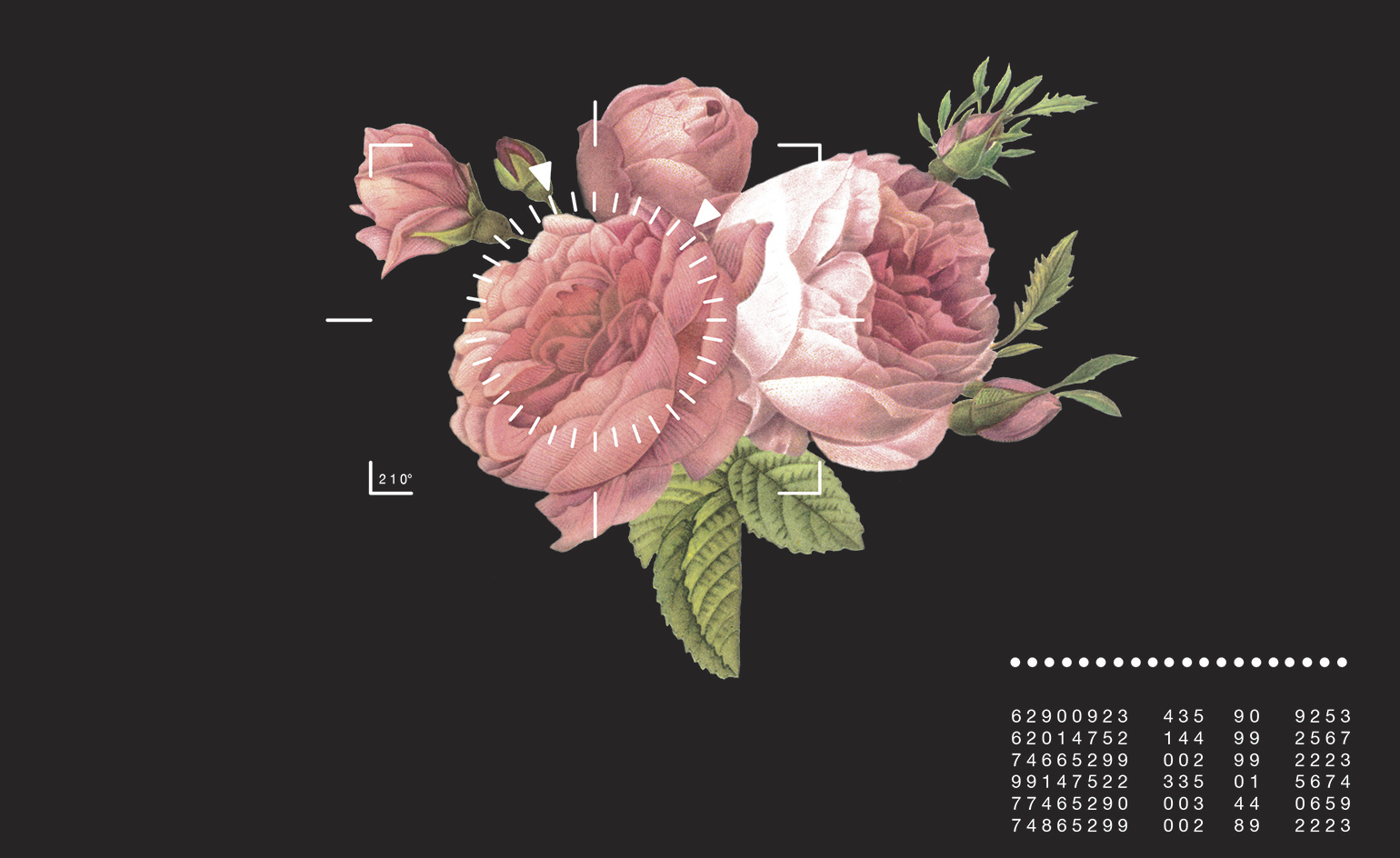
Still from 'Room Tone' by Hussein Chalayan. Courtesy of Hussein Chalayan and Intel
Today, society is defined by a feeling of uncertainty towards the future, as shown in designer Madeline Gannon’s jerking robot arm, Mimus, which detects movement in the gallery with a certain aggression. Hussein Chalayan’s wearable devices project out hidden emotions, exploring increasing cases of anxiety in a society perhaps driven by these behaviour-obsessed devices themselves; while architect Andrés Jaque’s Intimate Strangers examines how network culture is changing our relationship to our bodies and our partners. Perhaps all technology is created around a central fear that we will never find love.
From self-love to selflessness, several projects take an outward-looking approach to design. Arquitectura Expandida, an activist architecture collective, has created Potocinema, an installation showing a series of videos by young people in a school which they built in the poorest part of Bogota. Abstract design collective Metahaven advocates the marine wildlife conservation group Sea Shepherd via a video work; and clothing designer Ma Ke, rejecting the detrimental ‘fast fashion’ tag, displays clothes which have an ethical approach to the land and rural traditions in China.

Inside Arquitectura Expandida’s 'Potocinema' installation visitors can watch videos (pictured, film still) which have been made by young people in response to ‘fear’ and ‘love’ in their community
In response to Brexit, OMA has designed a living room filled with objects from the 28 EU member states, suggesting how domestic life has been formed through EU trade, highlighting the fact that, despite our all-consuming desire to be connected, it is clear that we are in fact more disconnected than ever.
The installations demonstrate the increasing polarisation of inward-looking and outward-looking perspectives (selfish vs selfless), the plethora of confusing meanings of the word ‘social’ (social network vs social activist) and an increasing obsession with reading and communicating our emotions. The exhibition opens up questions about how design could be destroying our lives, from increasing pollution in China to perpetuating self-love. The new Design Museum has tapped into these two contemporary emotions and their uneasy juxtaposition.
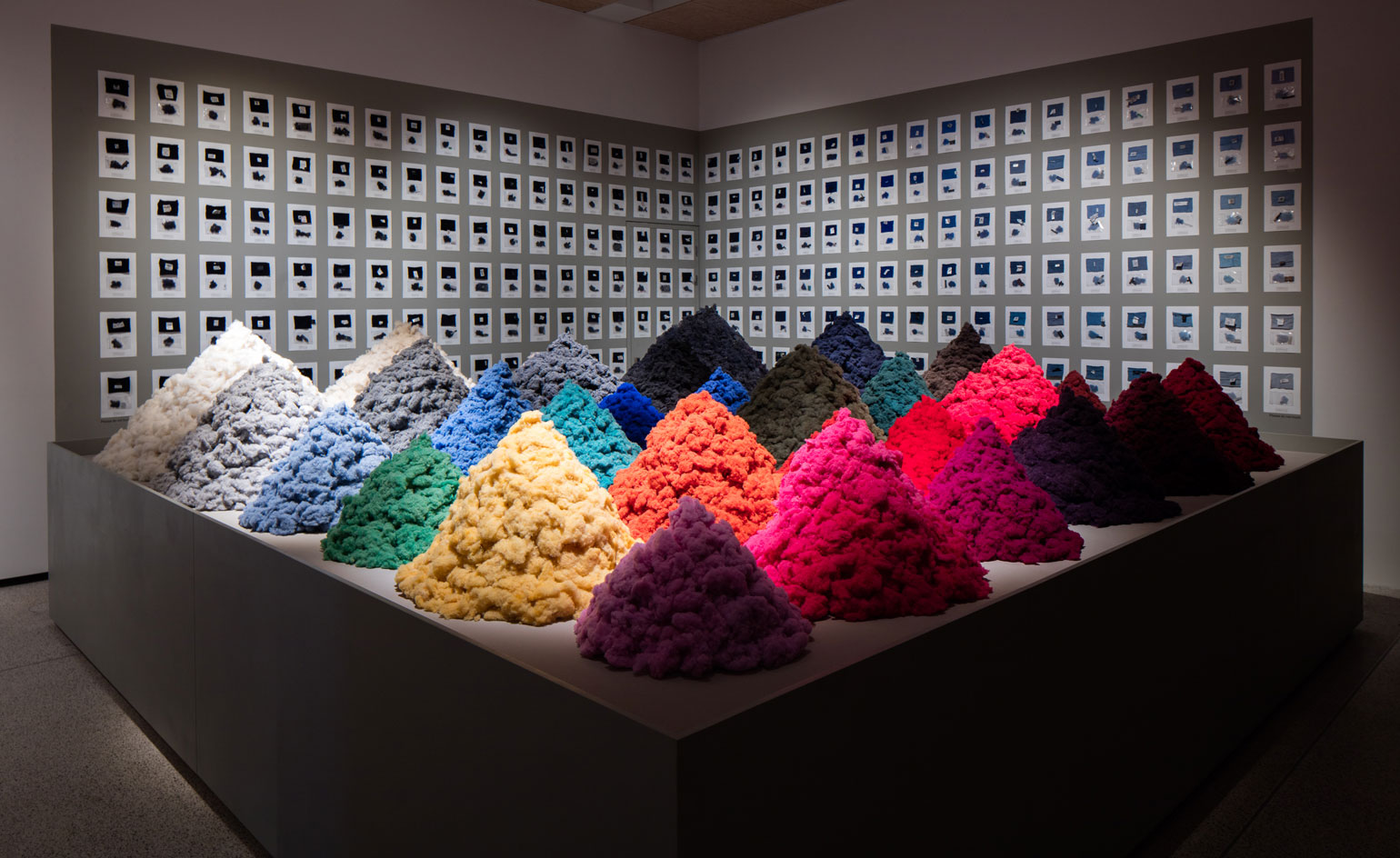
Fibre Market by Dutch product designer Christien Meindertsma explores the lack of recycling culture in the textiles industry, examining the life of products and use of raw materials.
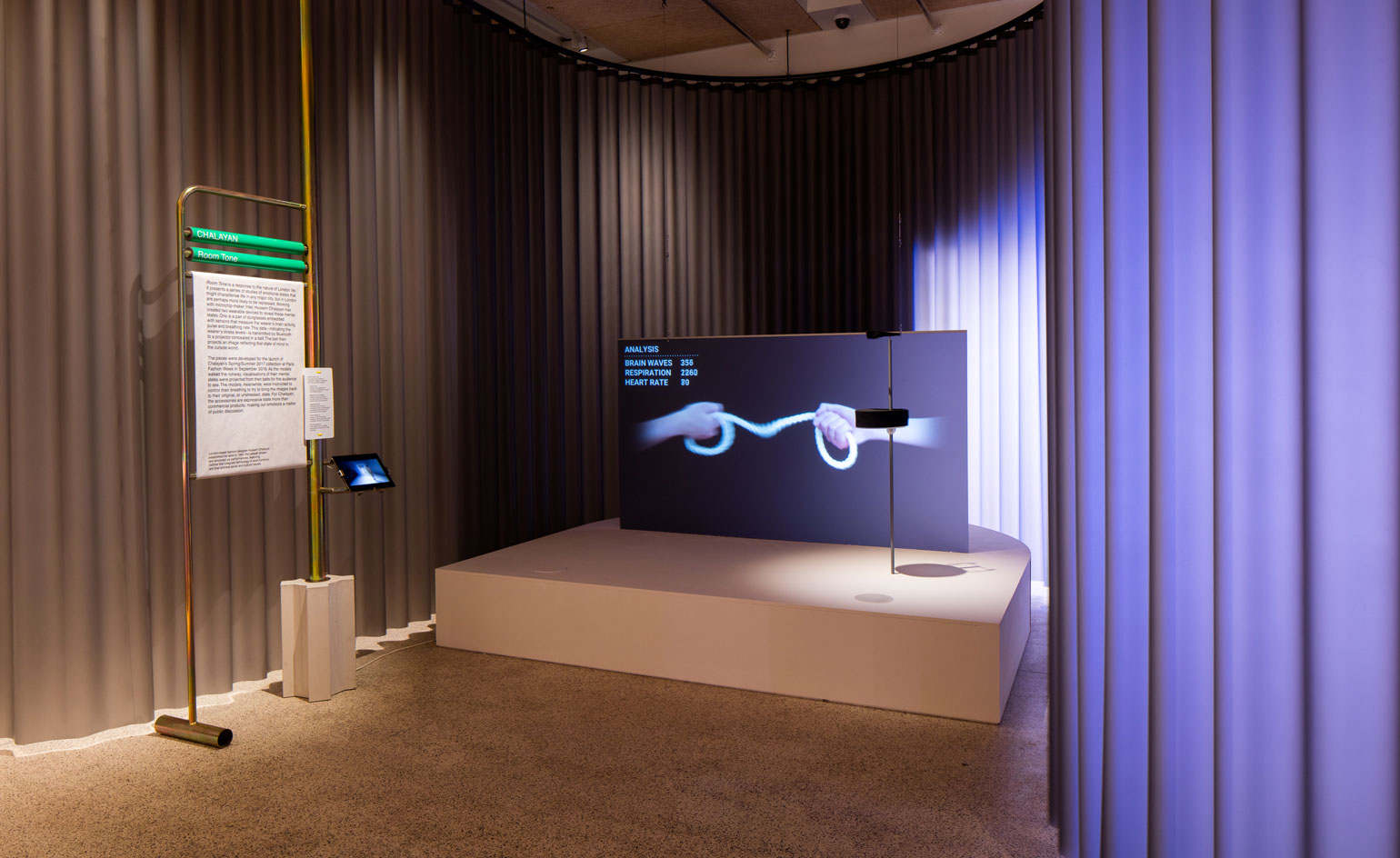
Fashion designer Hussein Chalayan’s installation, Room Tone, is a series of wearable devices which detect emotions and project them out, exposing daily anxieties connected to urban 21st century living.
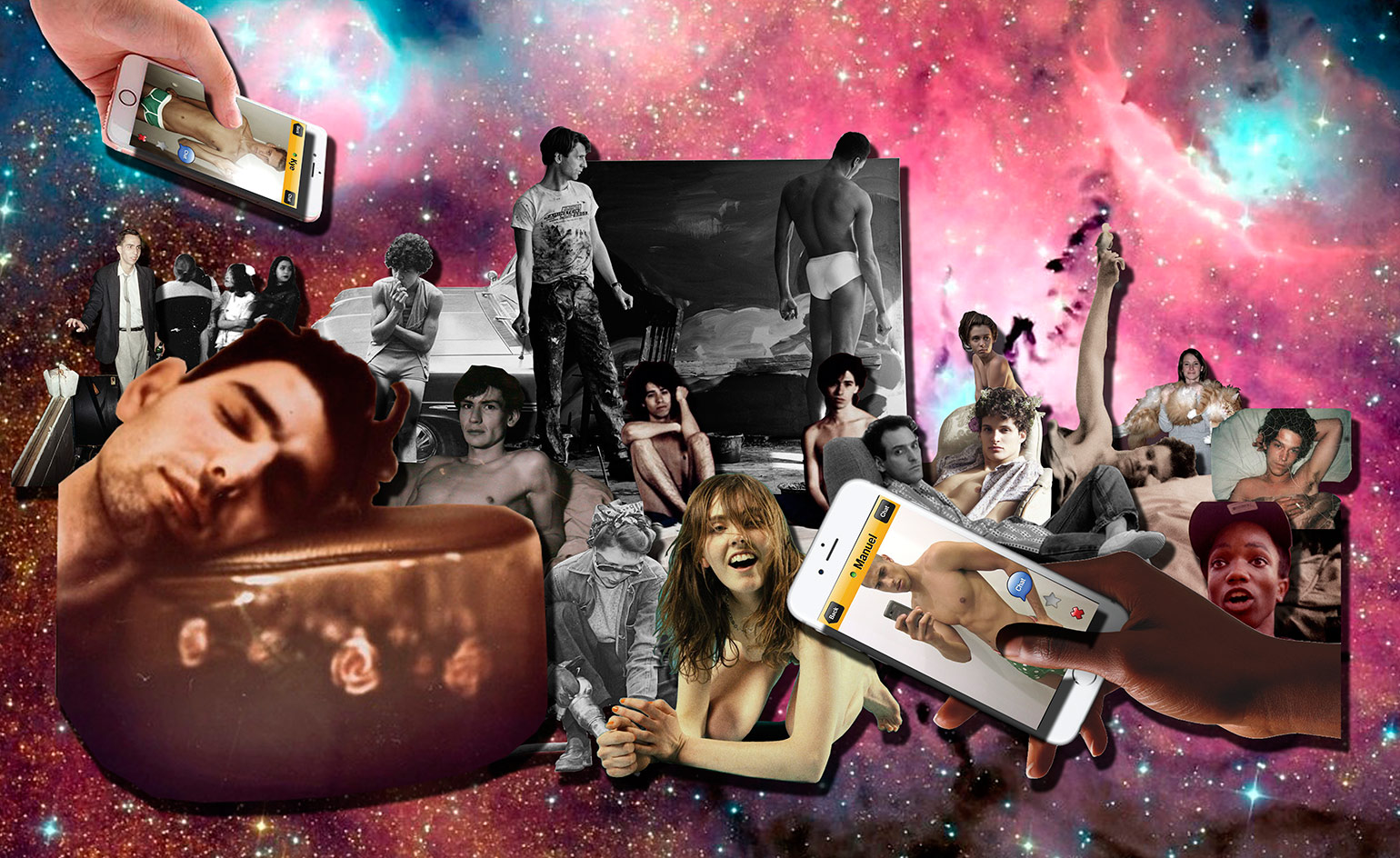
Andrés Jaque’s audio-visual installation Intimate Strangers tells a series of stories about dating apps and how we look for sex and love through social media. Courtesy of Office For Political Innovation
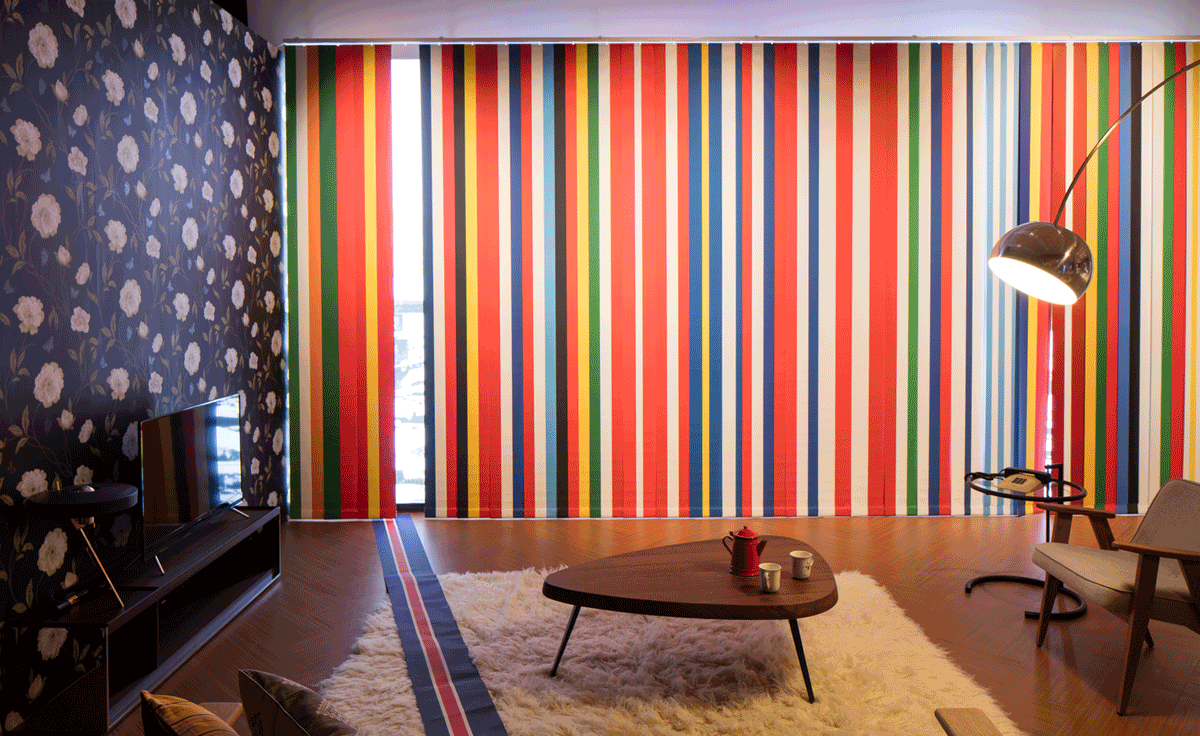
Responding to Brexit, OMA/AMO created The Pan-European Living Room. The installation was furnished with design from each of the 28 European Union member states, showing how domestic life is centred around co-operation and trade between EU countries
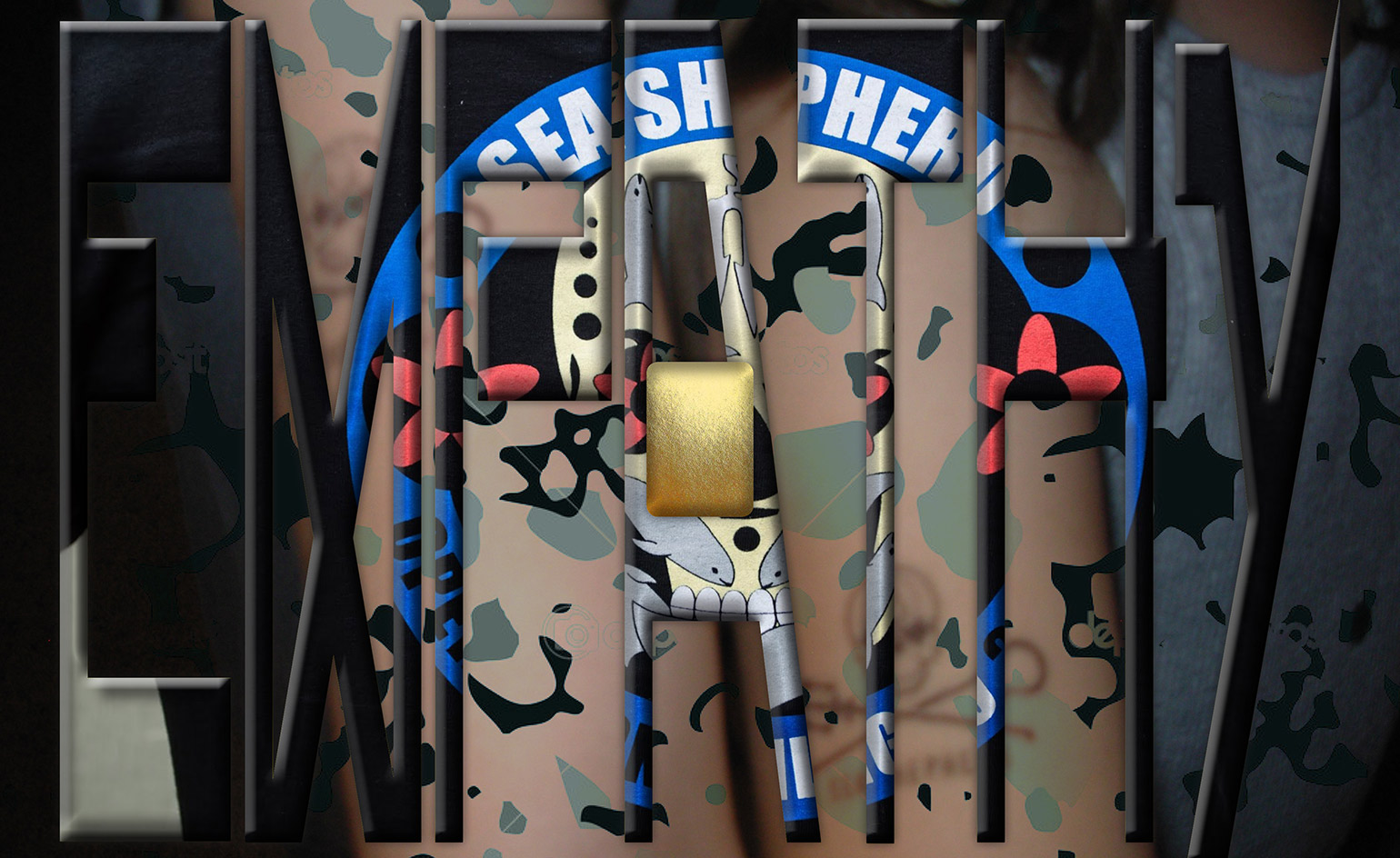
Graphic collective Metahaven contributed a short film on marine wildlife conservation group Sea Shepherd to the exhibition. Love Letter to Sea Shepherd advocates the organisation’s activities and is presented alongside a series of graphic flags. Courtesy of Metahaven
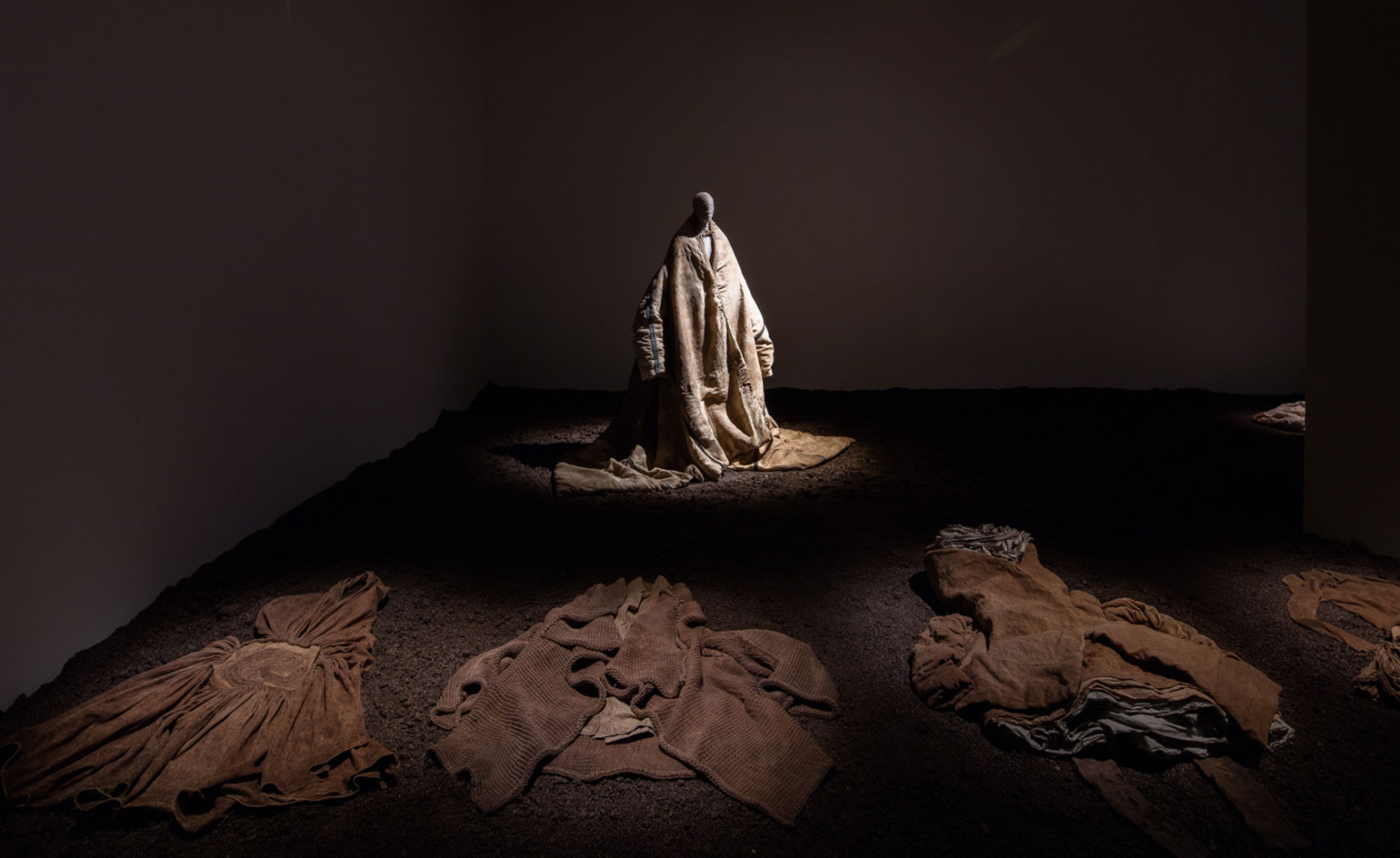
Rejecting the detrimental ‘fast fashion’ tag, Chinese clothing designer Ma Ke makes clothes with an ethical approach
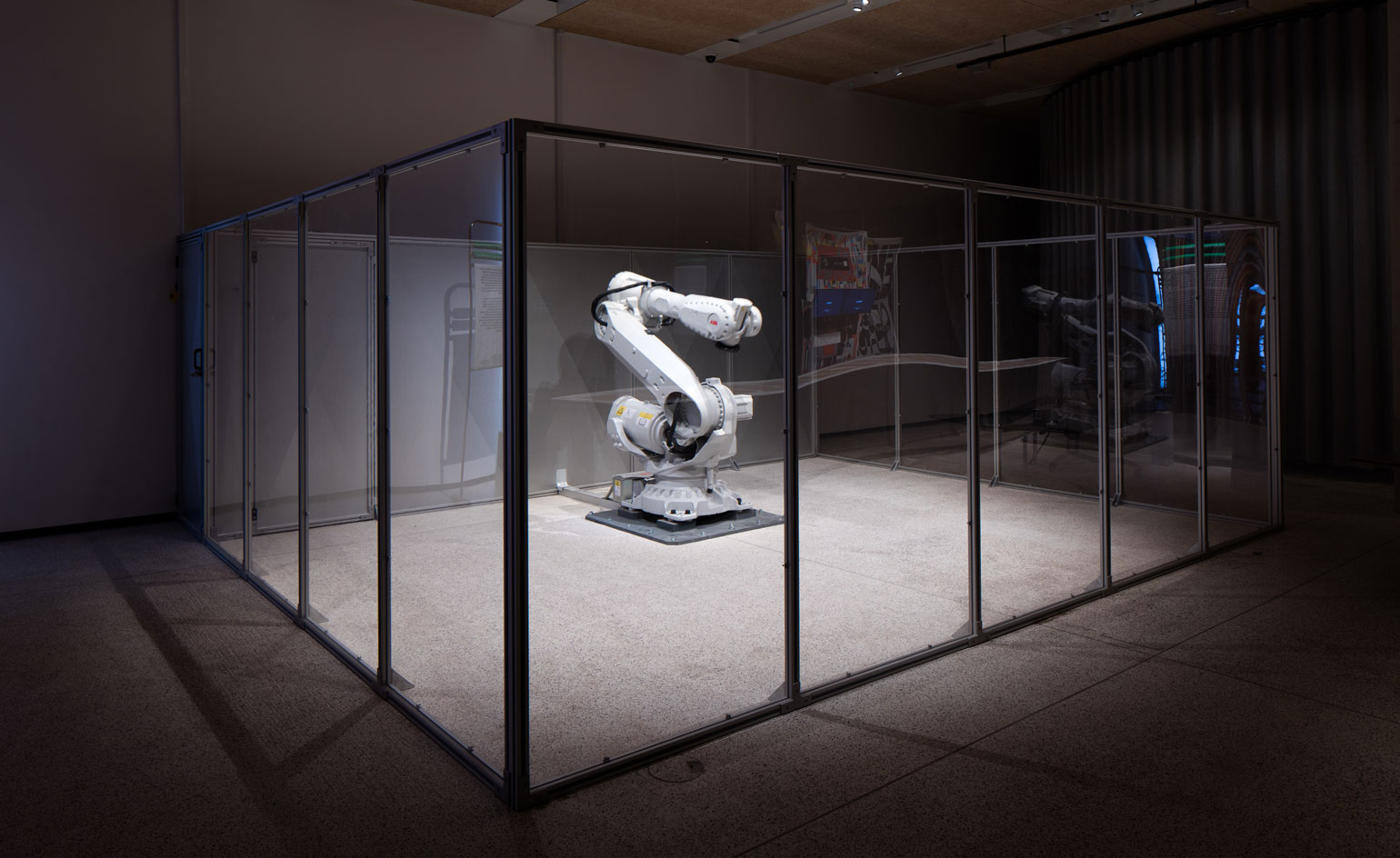
adeline Gannon’s jerking robot arm, Mimus, detects movement in the gallery with a certain aggression
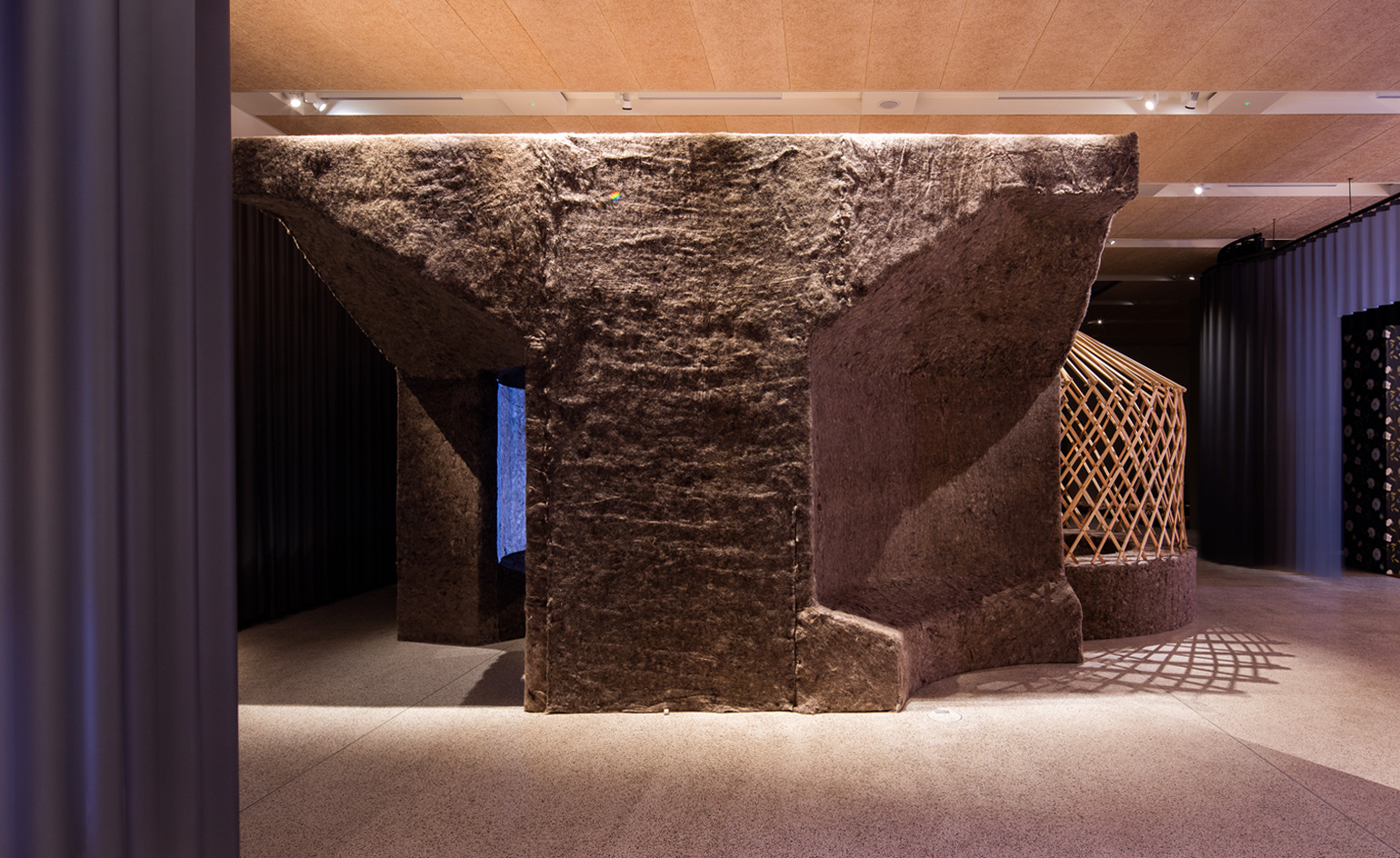
Rural Urban Framework, a research and design think tank based at the University of Hong Kong, was set up by Joshua Bolchover and John Lin to provide design services to charities and NGOs. Their installation shows how to adapt the traditional yurt into a structure for communal life

Architecture collective Arquitectura Expandida has created the installation Potocinema, a replica of a school built in one of the most disadvantaged communities of Bogata
INFORMATION
‘Fear and Love – Reactions to a complex world’ is on view until 23 April 2017. For more information, visit the Design Museum website
ADDRESS
Design Museum
224–238 Kensington High Street
London W8 6AG
Receive our daily digest of inspiration, escapism and design stories from around the world direct to your inbox.
Harriet Thorpe is a writer, journalist and editor covering architecture, design and culture, with particular interest in sustainability, 20th-century architecture and community. After studying History of Art at the School of Oriental and African Studies (SOAS) and Journalism at City University in London, she developed her interest in architecture working at Wallpaper* magazine and today contributes to Wallpaper*, The World of Interiors and Icon magazine, amongst other titles. She is author of The Sustainable City (2022, Hoxton Mini Press), a book about sustainable architecture in London, and the Modern Cambridge Map (2023, Blue Crow Media), a map of 20th-century architecture in Cambridge, the city where she grew up.
-
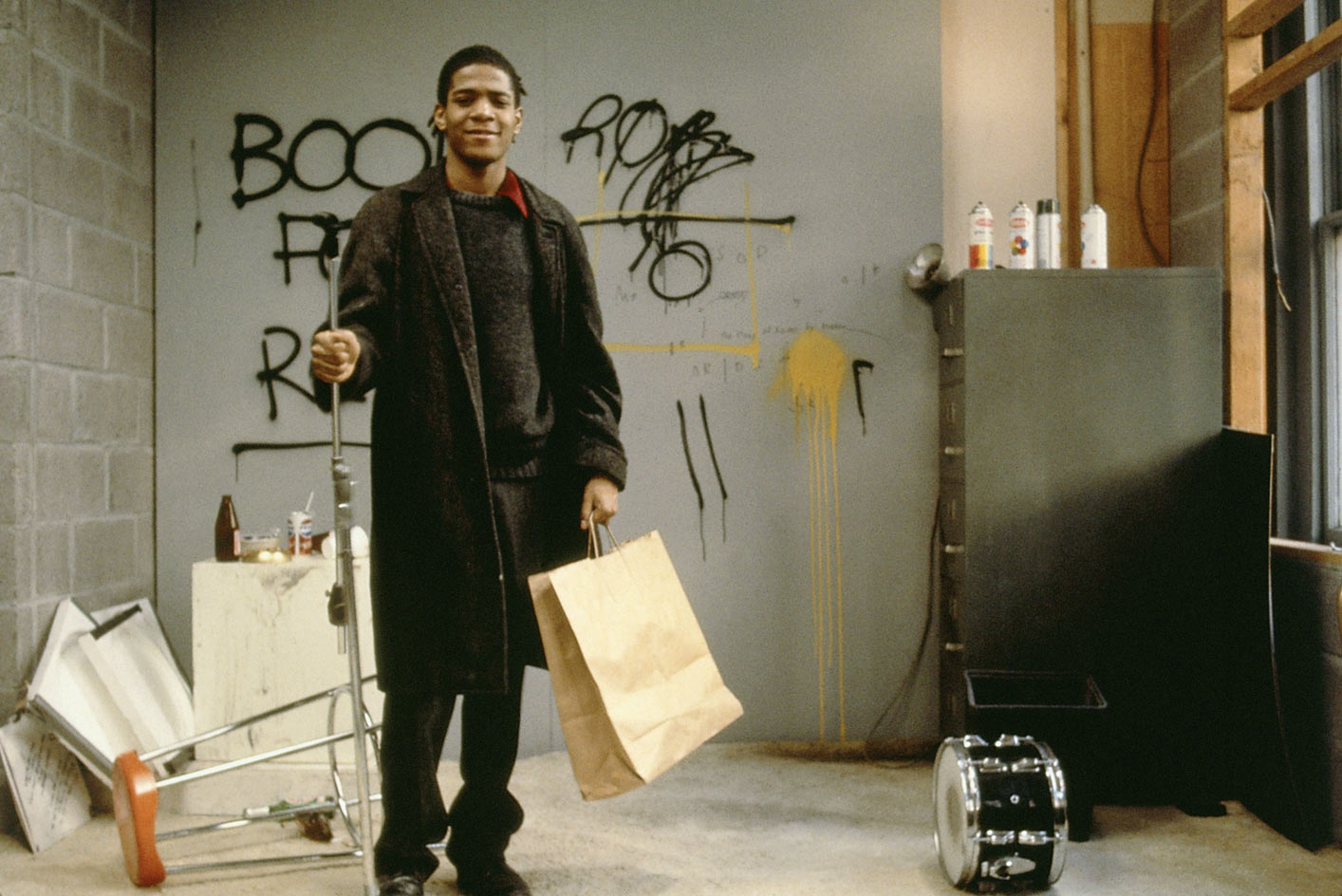 Modern masters: the ultimate guide to Jean-Michel Basquiat
Modern masters: the ultimate guide to Jean-Michel BasquiatNew York artist Jean-Michel Basquiat centred the Black subject in political, electric works which resist easy definition
-
 The Citroën Ami Dark Side is a special edition electric city car with a true Halloween vibe
The Citroën Ami Dark Side is a special edition electric city car with a true Halloween vibeTrick or treat? The Dark Side edition of the tiny Citroën Ami is a gothic delight for micro-minded commuters
-
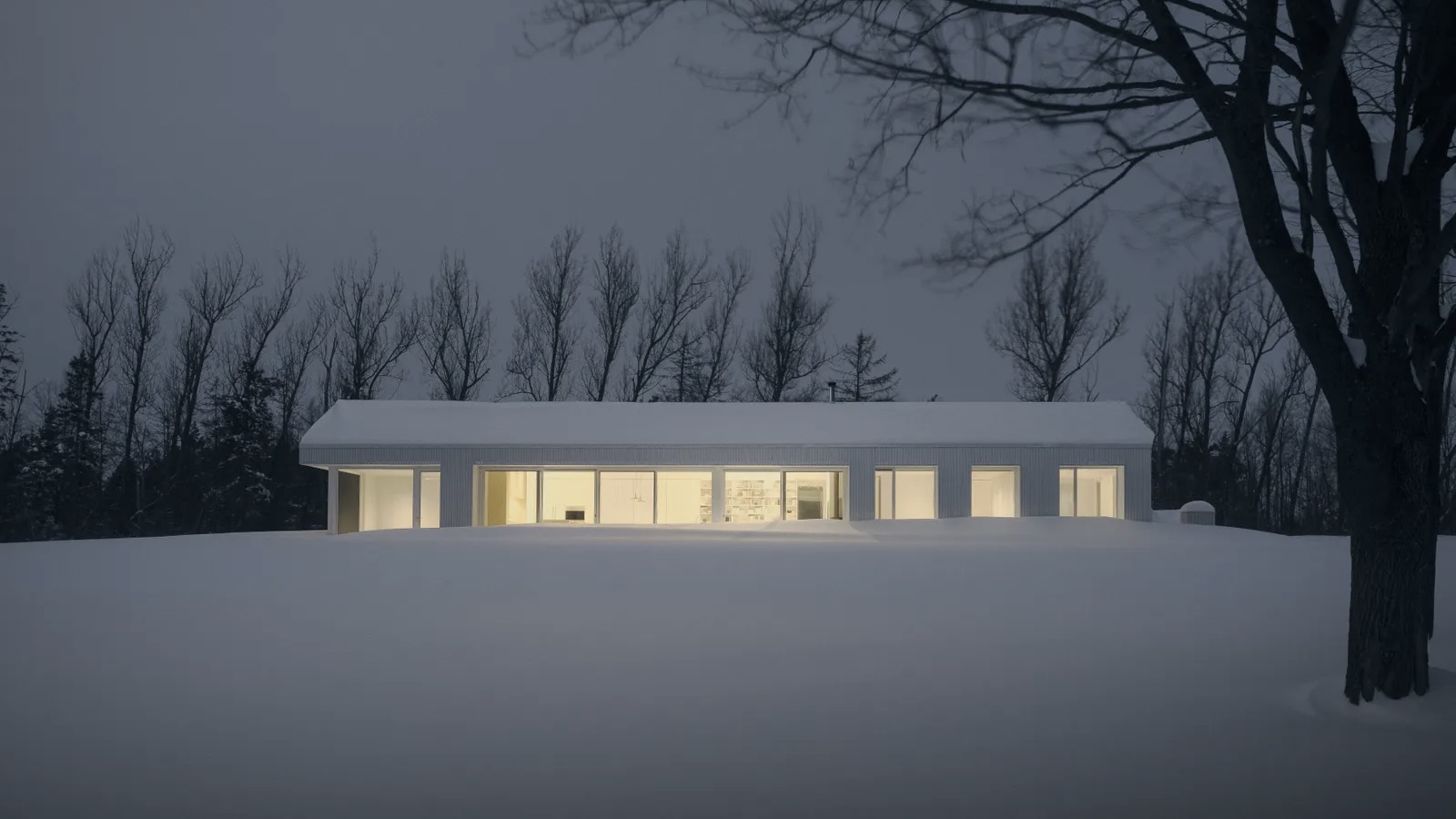 The Architecture Edit: Wallpaper’s houses of the month
The Architecture Edit: Wallpaper’s houses of the monthFrom Malibu beach pads to cosy cabins blanketed in snow, Wallpaper* has featured some incredible homes this month. We profile our favourites below
-
 Step inside Faye Toogood's intimate cabinet of curiosities at PAD London
Step inside Faye Toogood's intimate cabinet of curiosities at PAD LondonFor PAD London 2025, (until 19 October) Faye Toogood presents The Magpie’s Nest with Friedman Benda
-
 Rajan Bijlani opens his Primrose Hill home for ‘Electric Kiln’
Rajan Bijlani opens his Primrose Hill home for ‘Electric Kiln’In his London home – once the studio of ceramicist Emmanuel Cooper – Rajan Bijlani stages ‘Electric Kiln’, uniting Frank Auerbach, Lucie Rie and Cooper in an intimate reflection on the creative spirit of postwar London
-
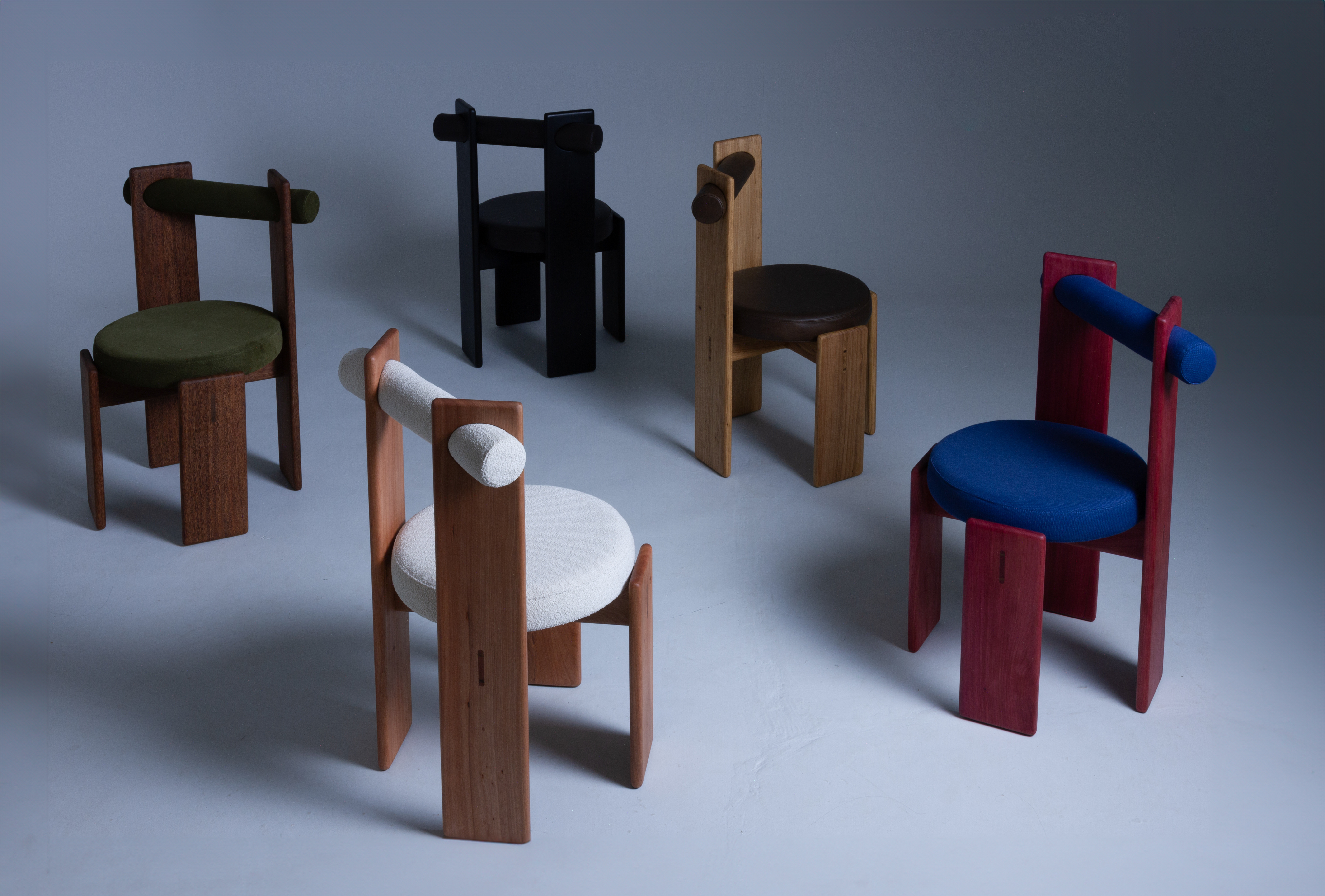 These are the design exhibitions to see in London during Frieze Week
These are the design exhibitions to see in London during Frieze WeekWe round up the best design events happening in London in conjunction with Frieze Week 2025: discover collectible design and craft across the city
-
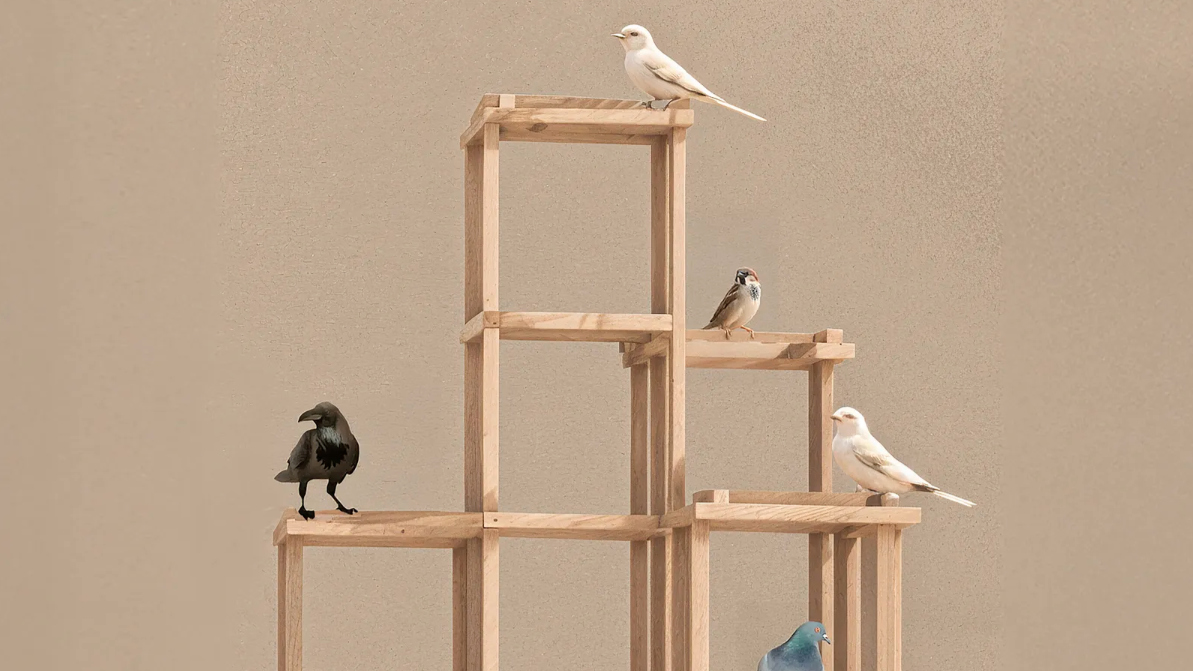 Norman Foster and nine other architects design birdhouses for charity – you can bid
Norman Foster and nine other architects design birdhouses for charity – you can bid‘Architects for the Birds’ is spearheaded by Norman Foster and the Tessa Jowell Foundation to raise funds to improve treatment for brain cancer. Ten architect-designed birdhouses will go up for auction
-
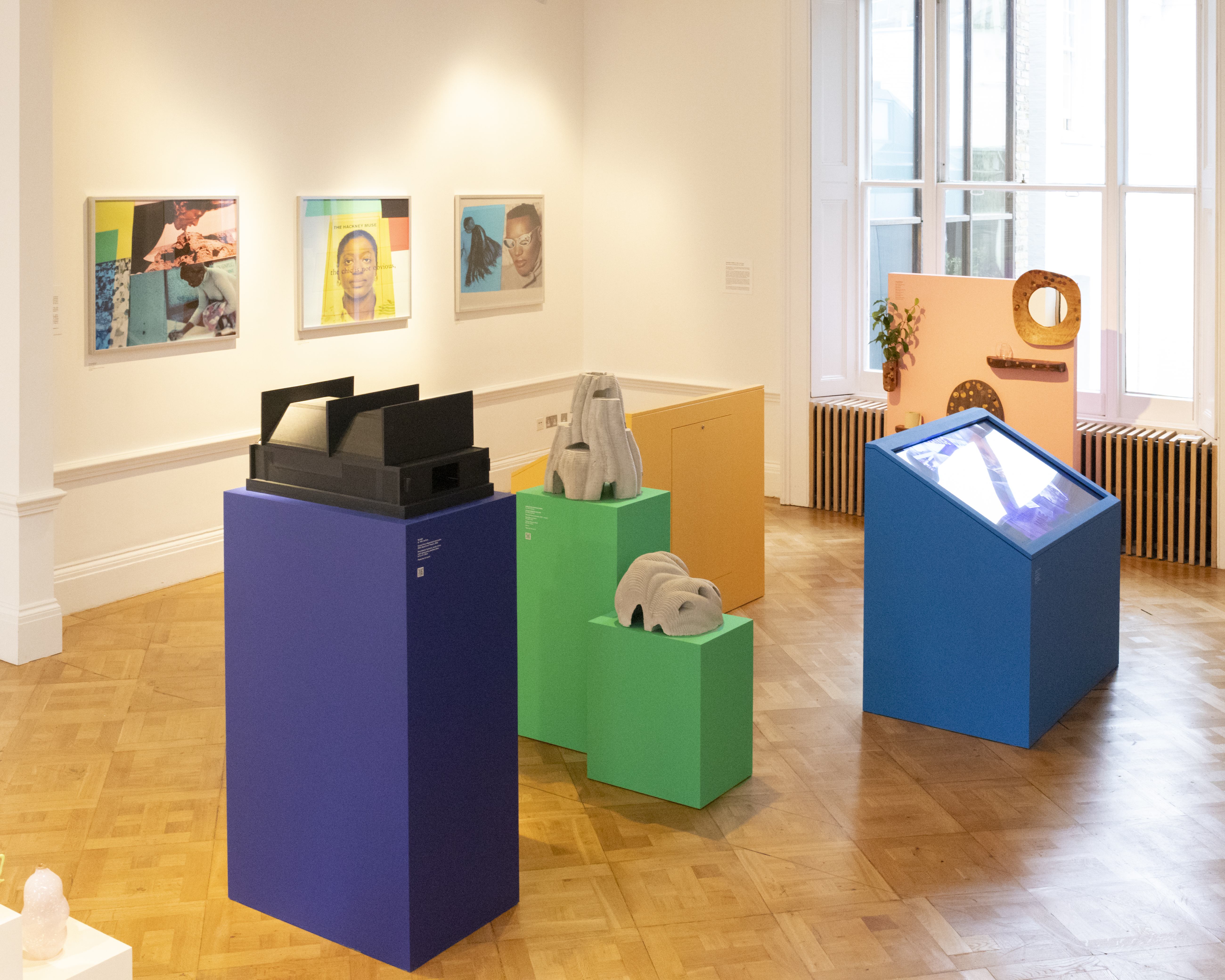 The David Collins Foundation celebrates creativity in all its forms at London Design Festival
The David Collins Foundation celebrates creativity in all its forms at London Design FestivalThe David Collins Foundation presents ‘Convergence’ at the Lavery during London Design Festival 2025 (on view until 19 September), featuring works from the Arts Foundation’s annual Futures Awards
-
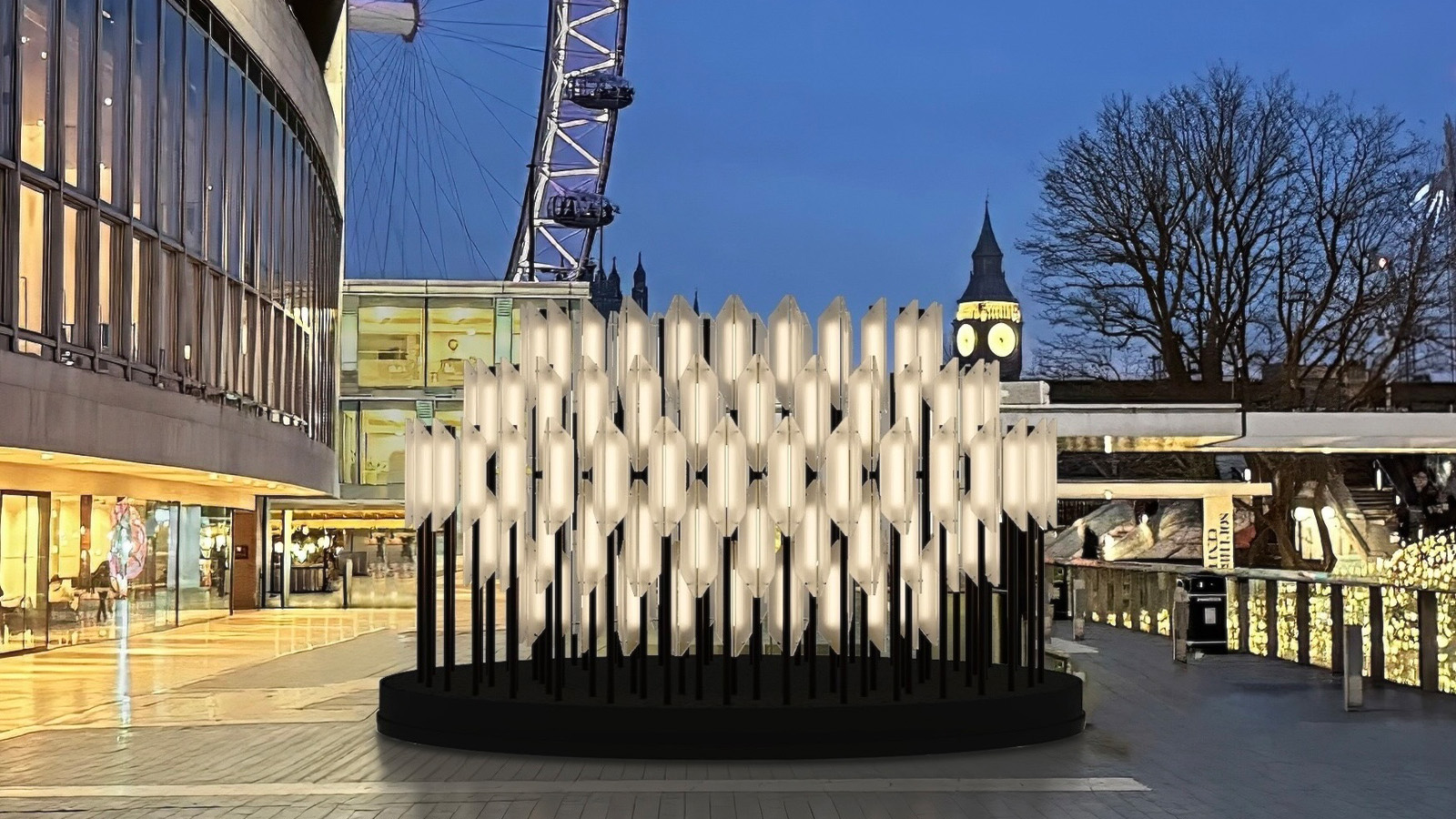 Lee Broom’s brutalist-inspired ‘Beacon’ will light up London as Big Ben strikes the hour
Lee Broom’s brutalist-inspired ‘Beacon’ will light up London as Big Ben strikes the hourSet to pulse through London Design Festival 2025 (13-22 September) and beyond, the British industrial designer’s sculptural light installation on the South Bank draws on its surroundings
-
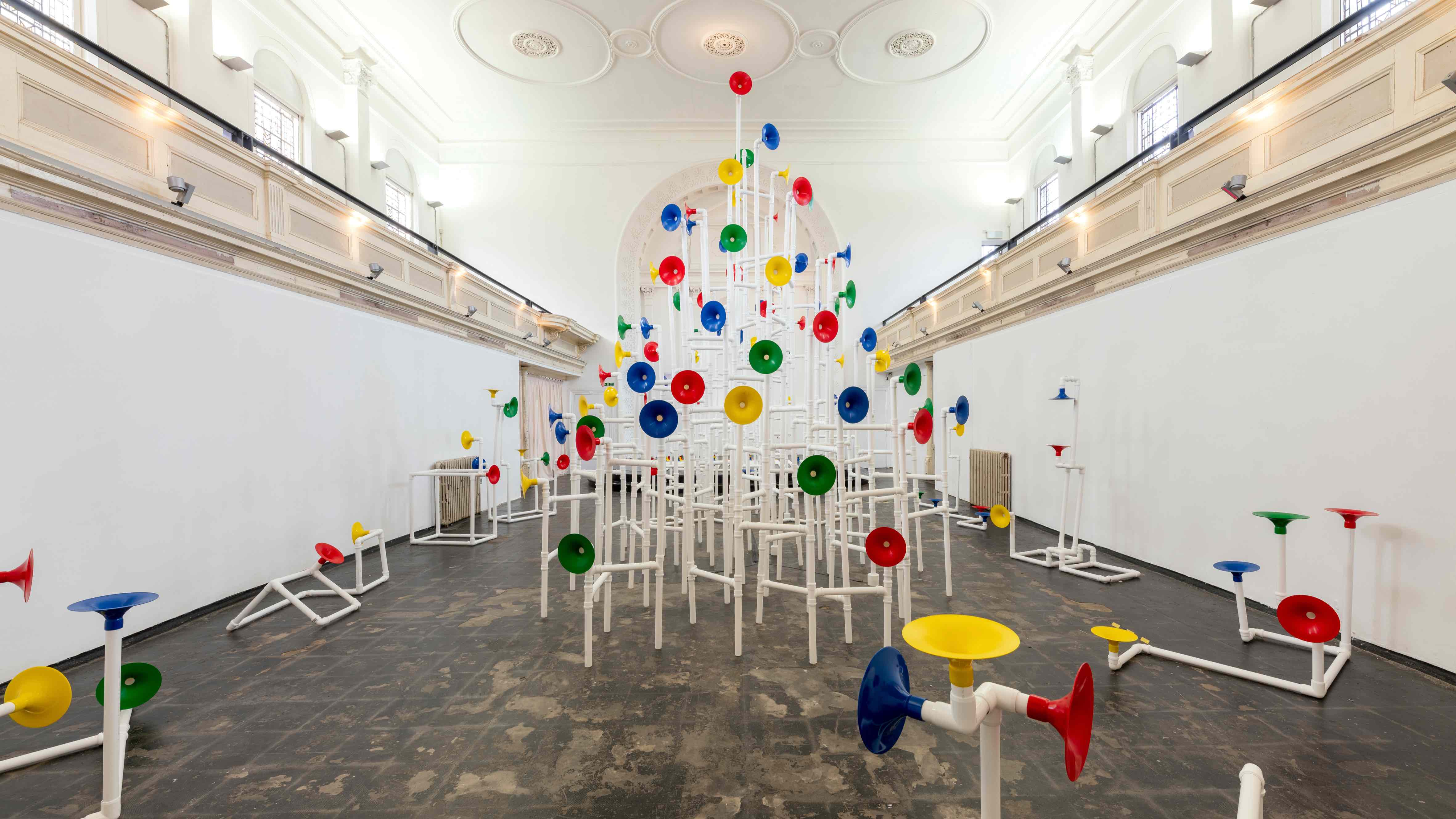 Yuri Suzuki turns sound into architecture at Camden Arts Projects
Yuri Suzuki turns sound into architecture at Camden Arts ProjectsThe sound designer unveils ‘Utooto’, an interactive installation at London’s Camden Arts Projects (until 5 October 2025), in which visitors collaboratively build a sonic piece of architecture
-
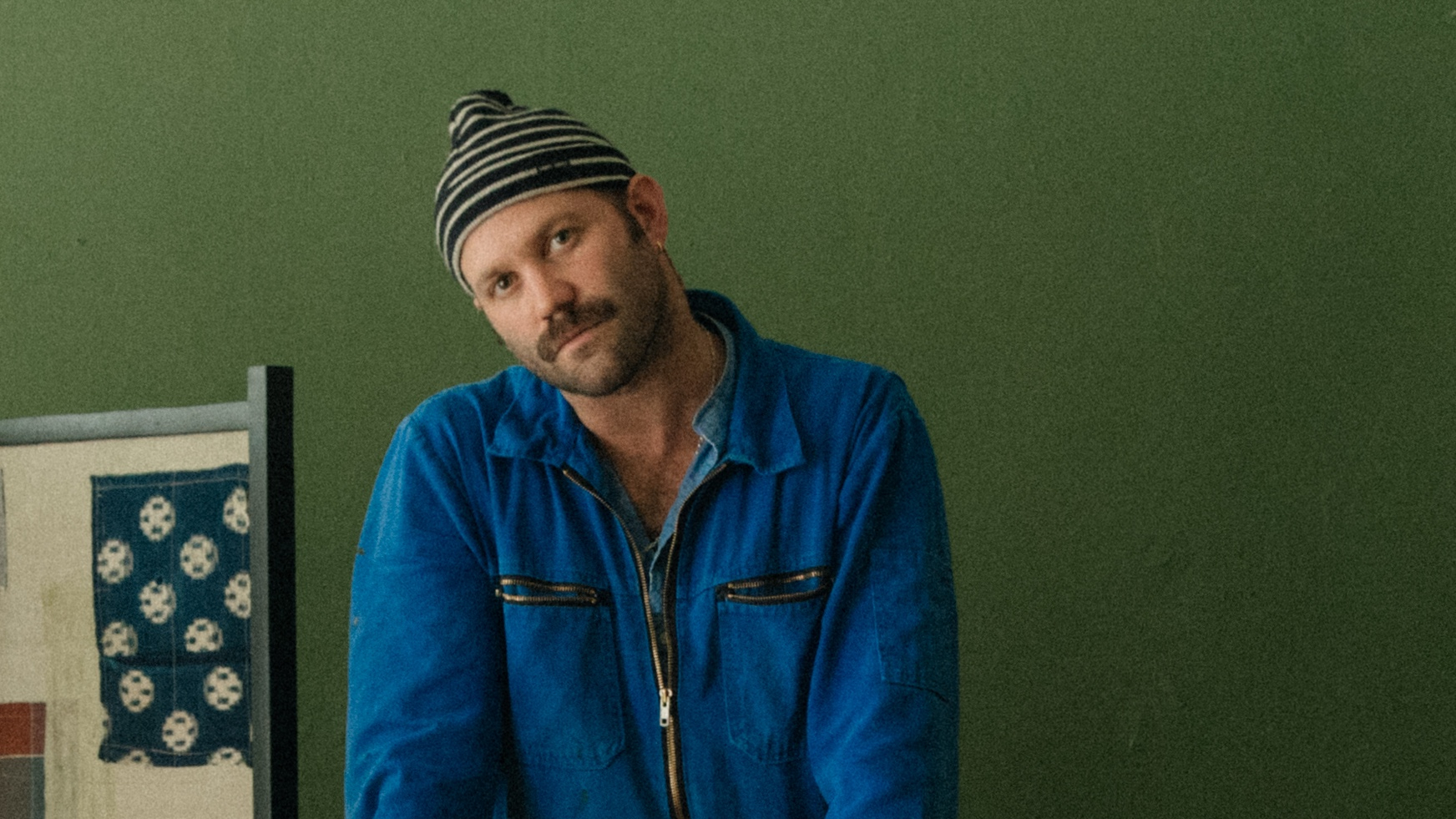 Alex Tieghi-Walker unveils his plans for Brompton Design District 2025
Alex Tieghi-Walker unveils his plans for Brompton Design District 2025Ahead of London Design Festival 2025, we catch up with New York gallerist Alex Tieghi-Walker about his appointment as curator of the Brompton Design District programme